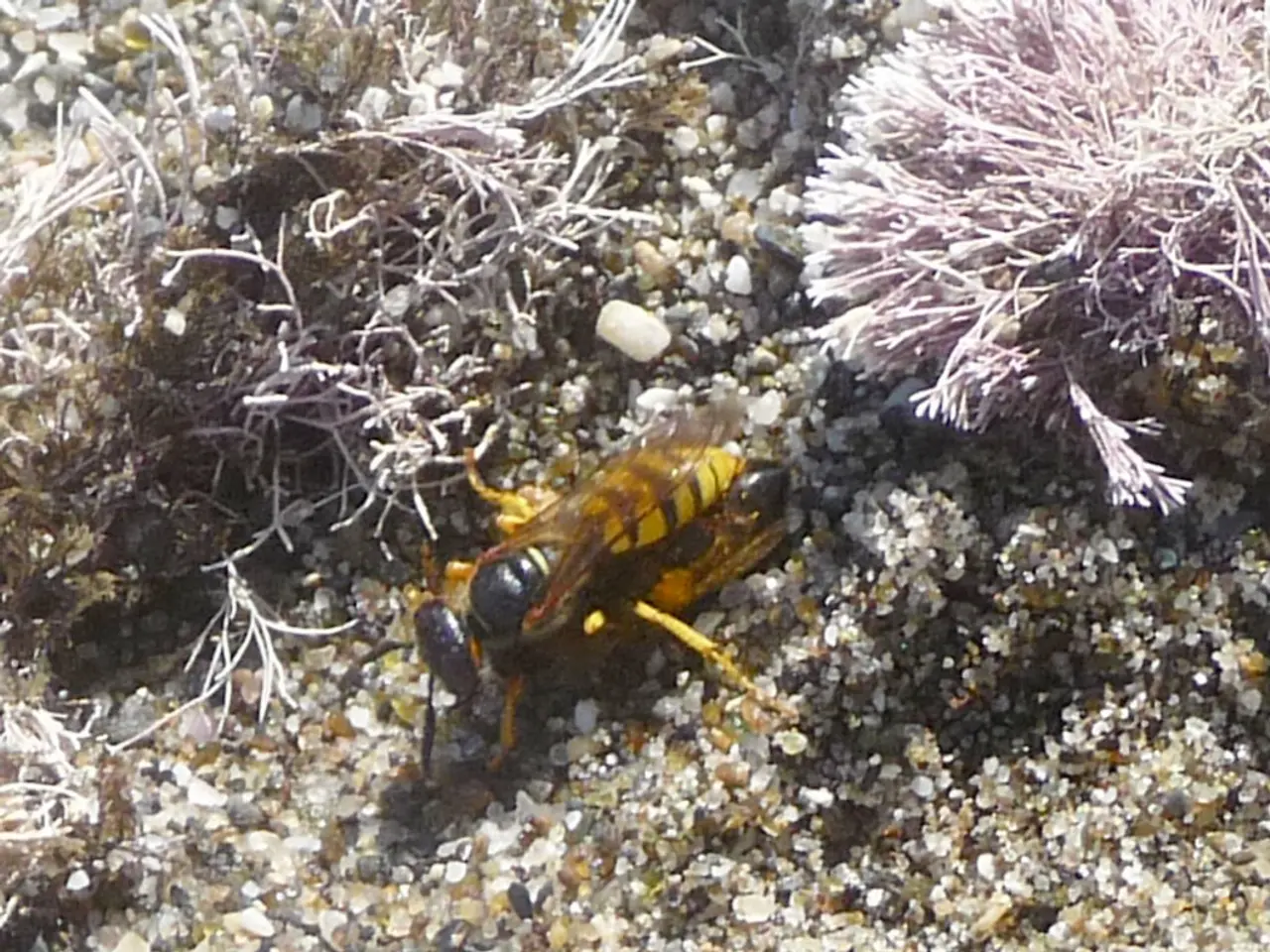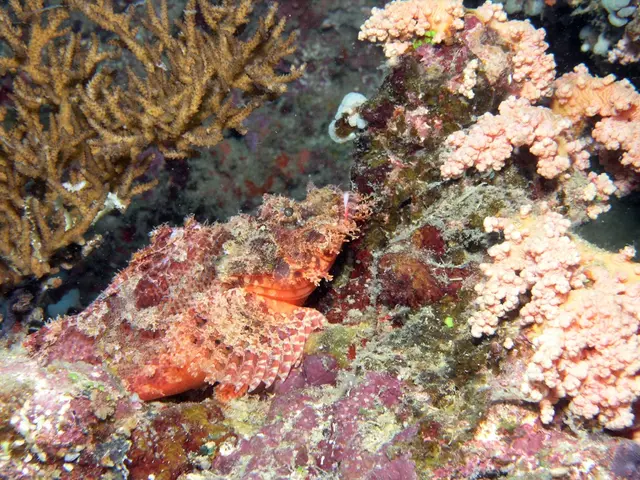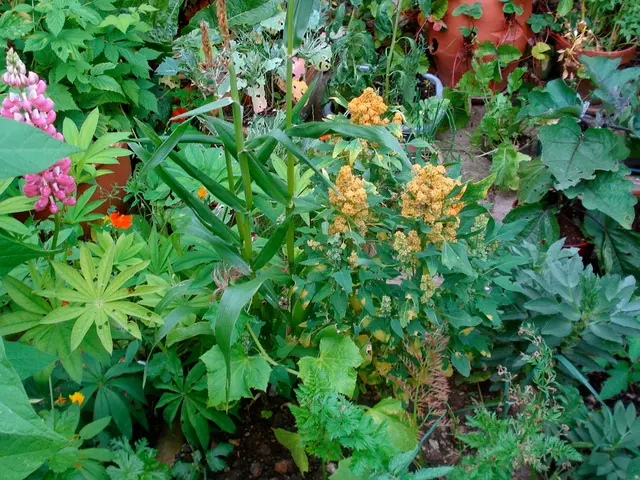Wasp Boom Prompts Coexistence Advice as Nests Increase
The recent surge in wasp numbers has been attributed to the prolonged drought and late spring frosts. As the summer progresses, encounters with wasp nests are becoming more frequent, prompting advice on coexistence and safety.
Wasp nests are annual structures, abandoned each year after the colony dies off. The current boom in wasp populations has led to an increase in nest sightings, typically occurring late in the summer. While wasps are generally not aggressive outside their nest area, they will sting if threatened or cornered. To avoid incidents, it's recommended to maintain a distance of two to three meters from nests and avoid sudden movements. Professional relocation is advised if a nest poses an immediate danger to people.
Wasps play a crucial role in pollination, pest control, and recycling fallen fruit and carrion. However, to coexist peacefully, humans can employ simple tricks such as staying calm, covering food, and removing leftovers. Spraying wasps with water can also encourage them to return to their nest. The 'Dienstleistungszentrum Ländlicher Raum Rheinland' (DLR Rheinland) has been established as a consultation center for wasp-related issues in the Rhein-Kreis Neuss area.
The recent wasp population boom, while concerning, is a natural response to environmental conditions. With a little tolerance and understanding, humans can coexist peacefully with wasps. Professional advice is available from the DLR Rheinland for those needing assistance with wasp nests.
Read also:
- Wawa avian tests positive for West Nile disease
- Former POW Maxim Butkewitsch Wins Václav Havel Prize for Human Rights Work
- Individuals suffering from ailments such as arthritis or asthma could potentially secure £30,000 in financial aid for home renovations at no cost to them.
- Revising hair care practices with cynorrhodon extracts for addressing hair fragility








